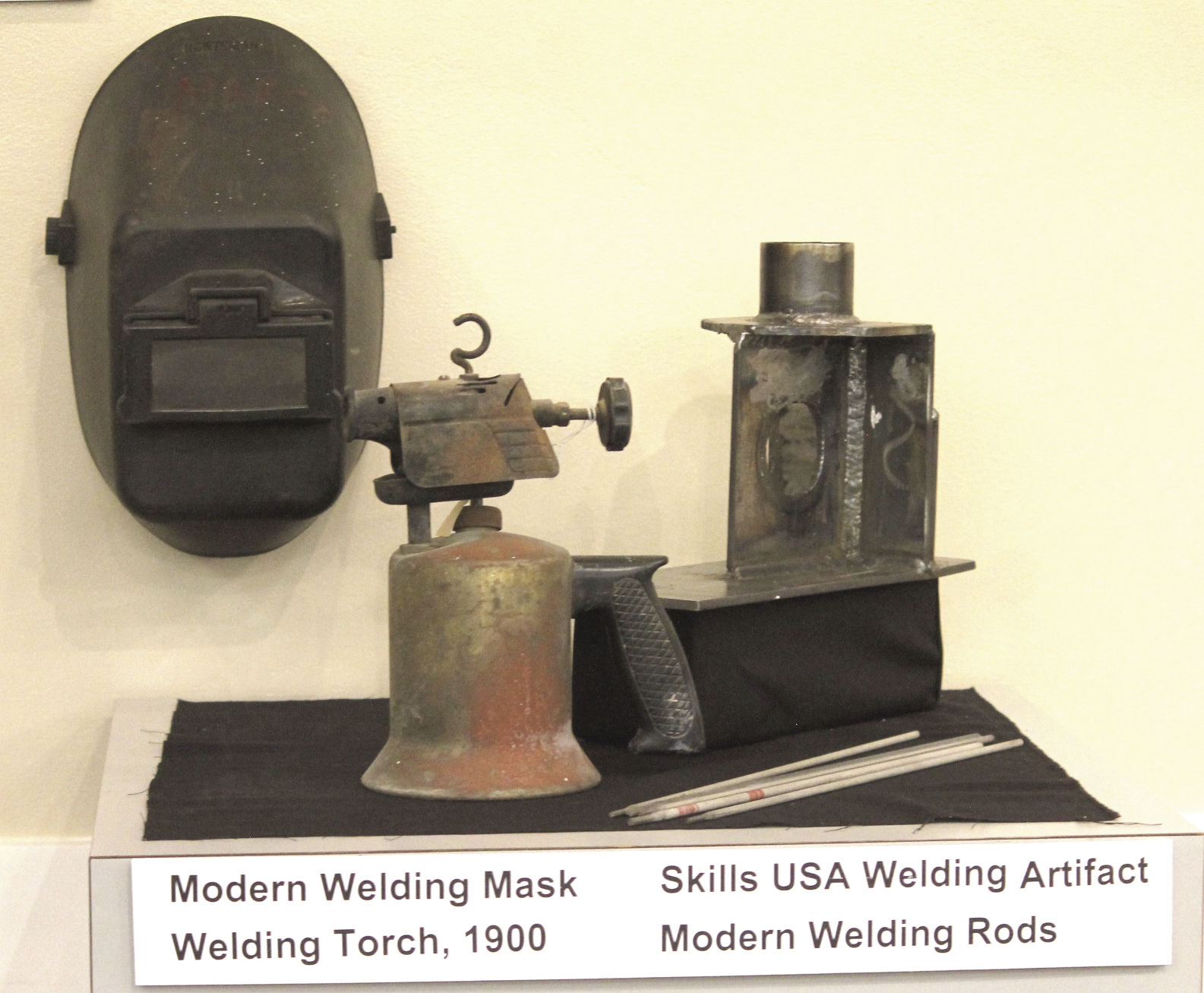Smithsonian Exhibition, The Way We Worked, Continues Utah Tour at the Museum of the San Rafael
Utah Humanities announces that The Way We Worked, a Museum on Main Street exhibition continues its year-long Utah tour with a stay at the Museum of the San Rafael.
Presented by Utah Humanities, the Smithsonian Institution, and communities statewide, the Castle Dale portion of the tour takes place from now through July 8.
The Way We Worked exhibition examines the strength and spirit of American workers through archival images, compelling videos, and fascinating interviews. As the tour makes its way through Utah, we’ll be reminded that “we aren’t the Beehive state for nothing!” and better understand how work is a key component of Utah’s own identity.
The Museum of the San Rafael will also offer a companion exhibit, Emery County Works: 1880-1980, to explore how the work that drives Emery County is interconnected in surprising ways. The major industries intricately depend on one another, while residents of rural Emery County often must wear many professional hats to make ends meet. A portion of the exhibit emphasizes how unpaid work–volunteer, domestic, forgotten–is the glue that holds Emery County’s communities together. The museum will also host many community and family events that will engage visitors in the history of the area. The Museum of the San Rafael exhibit opened on May 20.
More information about The Way We Worked events in Castle Dale, visit their Facebook page: https://www.facebook.com/SanRafaelMuseum/. Maegan Wilberg, Director of the Museum of the San Rafael, says “Emery County is a vast and varied landscape and has supported rugged work on and in the land. We have a proud and varied work history and look forward to hosting The Way We Worked to tell our local stories. Industry, as well as all types of unpaid work, are intimately woven into our personal and community experience. The work we perform defines who we are and our experience with the community. We are the coal miner; the farmer; the mother; the father; the teacher; the soldier; the volunteer. We are honored to host this exhibition.” Megan van Frank, Director of the Center for Community Heritage at Utah Humanities, is coordinating the exhibition tour in Utah. In explaining the critical role Utah Humanities plays in bringing the Smithsonian tour to Utah, she says, “We work hard to bring this experience to local communities, and the collaboration among national, state, and community organizations benefits everyone. We work closely with the host museums, helping to build their expertise in hosting a national exhibition. The entire experience directly strengthens Utah museums and helps to preserve and share Utah history.” She also hopes that, “visitors to the exhibition will come away with a panoramic and personal view of how work has shaped the state of Utah as well as their personal lives. The exhibition is a unique opportunity for Utahns to tell their own work stories as part of local, state, and national conversations.”
To learn more about the statewide tour, contact Utah Humanities at 801.359.9670 or visit www.utahhumanities.org. The Way We Worked has been made possible in Utah by Utah Humanities. The exhibition, created by the National Archives, is part of Museum on Main Street, a collaboration between the Smithsonian Institution and State Humanities Councils nationwide. Support for Museum on Main Street has been provided by the United States Congress. Utah Humanities has also received strong local support for this exhibition. Partners and generous funders include The Utah Museum of Fine Arts, The Utah Division of State History, The State of Utah, The George S. and Dolores Doré Eccles Foundation, The Lawrence T. and Janet T. Dee Foundation, Union Pacific, KCPW, and Utah Public Radio.
Museum of the San Rafael: Way we worked exhibit is now open

Implements from work in bygone years.
